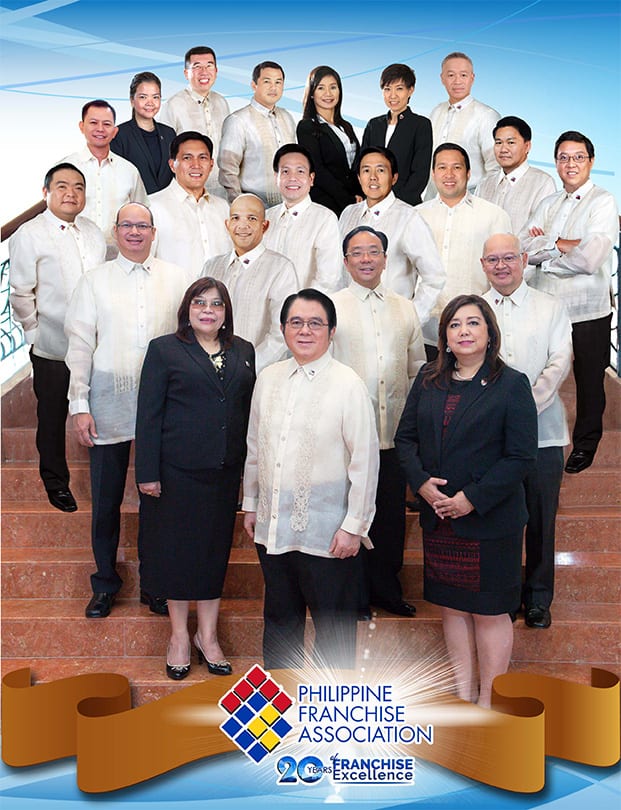
Execution involves having the capabilities to get the job done. In Mansmith’s implementation workshop, we call this the 3Cs of capabilities – coordination, competency and commitment. This helps in solving company’s execution obstacles by replacing traps with tools.
A most fundamental problem in execution is when people create assumptions that someone else in the company will do certain tasks and when it turns out that no one has done anything, crisis results and fire fighting occurs. The time spent in fire-fighting could have been used in coordination meetings to pinpoint responsibility, to agree on timetables, to create planning charts and to monitor progress.
Execution also involves having the competencies to get the job done. Having the right fit is indispensable. Functional competencies can be secured by hiring the right person.
Competencies also mean having both the understanding and the knowledge of the need to create barriers to entry in order to protect the existing business. Competition is bound to enter after a successful launch, and they are expected to also drop their prices and lower the profit pool of the industry. Entrepreneurs and marketers must therefore resist the temptation of going for short-term, tactical moves, most specifically participating or even worse, initiating a price war. They must have the belief system to build tangible assets like a known brand, patent, distribution channel, customer information, and infrastructure or customer relationship. These can become your source of strong differentiation and aids to smoother and quicker execution rather than functional differentiation, which could be imitated. Having these assets will deter imitation.
When interviewing managerial applicants, I like asking about details of the industry where they came from, even if I may have no use for the information being shared with me. This is because the answers given would allow me to assess whether the person I am talking to has an in-depth understanding of the industry or industries they came from, thus giving me a clearer indicator of their monitoring skills. All managers need to have allocation skills, and guess where allocation decisions are based on? Monitoring, right?
Why is it that some people understand the dynamics of their industry perfectly well while others do not? Well, remember the movie, “A Beautiful Mind”, starring Russell Crowe? His character, John Nash, had the ability to see patterns just by looking at figures shown to him. Some people are like that. It is not just expertise in numbers but also expertise in logic. Some people take quite some time to see patterns or trends, while others see it right away. Still others are not the type who would be bothered with patterns, making creativity as their excuse. The fact is that real creative geniuses use both left brain and right brain in order to maximize their logic as well as creative juices.
Without the right competencies, the wrong direction would be given. A very common mistake entrepreneurs and marketers make is offering a low price strategy when the real marketing problem is not pricing but a lack of awareness for the new product. Awareness creation and product trial are the first two marketing tasks you should focus on after you have assembled your value proposition. People often think that selling at lower prices is the answer, but this may inadvertently destroy the industry they enter, removing the profit attraction they had when they were formulating their plan because existing players were provoked to match their lower price. Can you imagine the consequences if there would be new entrants every week that would price themselves lower than all previous entrants?
Commitment is the third component of capability-building. This entails leadership and communication skills and recognizing the different types of obstacles within a company. It also includes helping people realize the need for change and to embrace change in a way that does not violate the space of others, which allows resistance in a respectful manner, that acknowledges feelings and that gives more information when needed in order to win people over not just intellectually but with emotional connectedness.
(Thanks to BusinessWorld for publishing this article)


